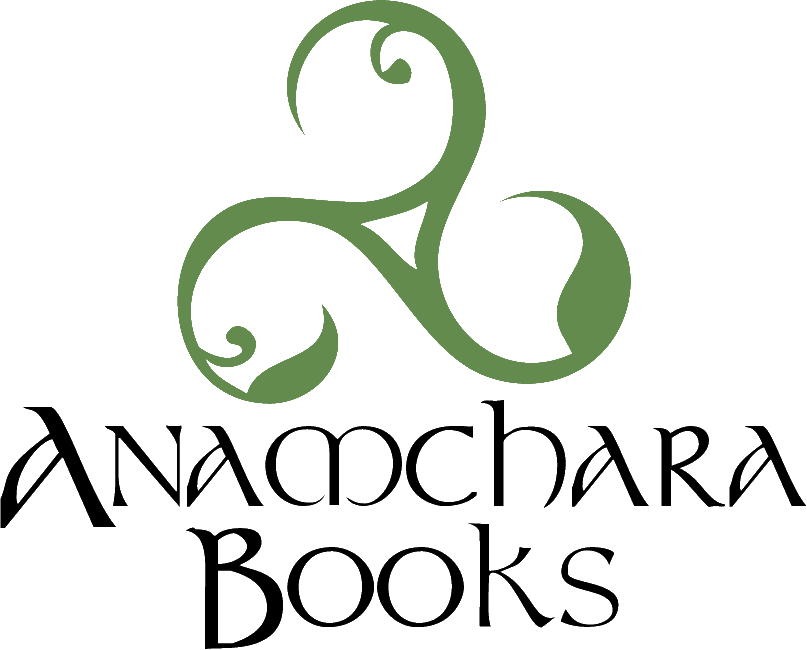Mini-Ecstatic Experiences by David Cole
/Many of the Christian mystics had ecstatic experiences of the Divine within their contemplations and meditations. To name just a few, these include Mother Julian of Norwich, whose visions as she lay on her (almost) death bed inspired her to write her book, Revelations of Divine Love; Hildegard of Bingham, who often turned her ecstatic visions into beautiful choral pieces; Teresa of Avila; and the poet Thomas Traherne. Even Blaise Pascal, the seventeenth-century mathematician, inventor, and physicist, had a two-hour ecstatic experience one night.
Ecstatic experiences like these were not a version of Christianity that was unique to the twelfth through seventeenth centuries, nor are they something we should consider bizarre and abnormal. Two of the very earliest Christians also had ecstatic visions and experiences; in the Book of Acts, we read that both the Peter and Paul had visions when they were in a trance state (see Acts 10:10 and 22:17 respectively). The Apostle Paul also speaks about a much grander ecstatic experience in 2 Corinthians 12:1–4, where he (most likely) has an out-of-body experience and is drawn up into the third heaven—or into Paradise, depending upon which version of the Bible you read. Paul was so taken by the experience that he couldn’t even tell whether he was in or out of his body still. So here, right at the heart of the Christian New Testament, is one of its most significant writers saying, “I had a grand ecstatic experience!”
The twelfth-century mystic Hildegard of Bingen painted this image, portraying what she saw during one of her ecstatic experiences.
But not all ecstatic experiences need to be grand and huge. We aren’t all going to see crucifixes bleeding like Mother Julian; or see and feel a green energy/life force flowing between all living things like Hildegard (the vision of which is quite well described by Yoda to Luke Skywalker when explaining “The Force’”!); and we aren’t all going to feel the fiery dart of the cherub striking the very core of our being in an erotic encounter with the Divine like Teresa of Avila. We may have some grand ecstatic experience, and even feel drawn out of our body like the Apostle Paul, but the much more common ecstatic experience, I believe, is the mini-ecstatic experience. The ones that, if we aren’t really paying attention, we can miss, overlooking their Divine aspect and ecstasy.
As we practice more the art of inner stillness and silence, however, we become more aware of both our inner movings and the outer world. We perceive more clearly the reality of the Divine within everything, and so when we have a mini-ecstatic experience, such as the awe of a sunset, or the sudden awareness of the beauty of a flower, or the sweet sound of the bird in a nearby tree, we can recognise the Divine within them. More important, we become aware of our interconnection, through the Divine, of our inner self, the world around us, and the Divine flowing through it all.
Practice the art of inner stillness and silence, and cultivate the inner environment to be able to notice the mini-ecstatic experiences that we can have each and every day. We may or may not experience a grand ecstatic encounter—but when we live in the awareness cultivated by contemplation, we will all definitely have mini-ecstatic experiences.
David Cole is the author of many spiritual books, including Mystic Path of Meditation: Beginning a Christ-Centered Journey, Passing the Harp: Four Celtic Allegories, and Celtic Prayers & Practices: An Inner Journey, as well as a contributor to The Winged Man: The Good News According to Matthew, Volume I of the Celtic Bible Commentary.



